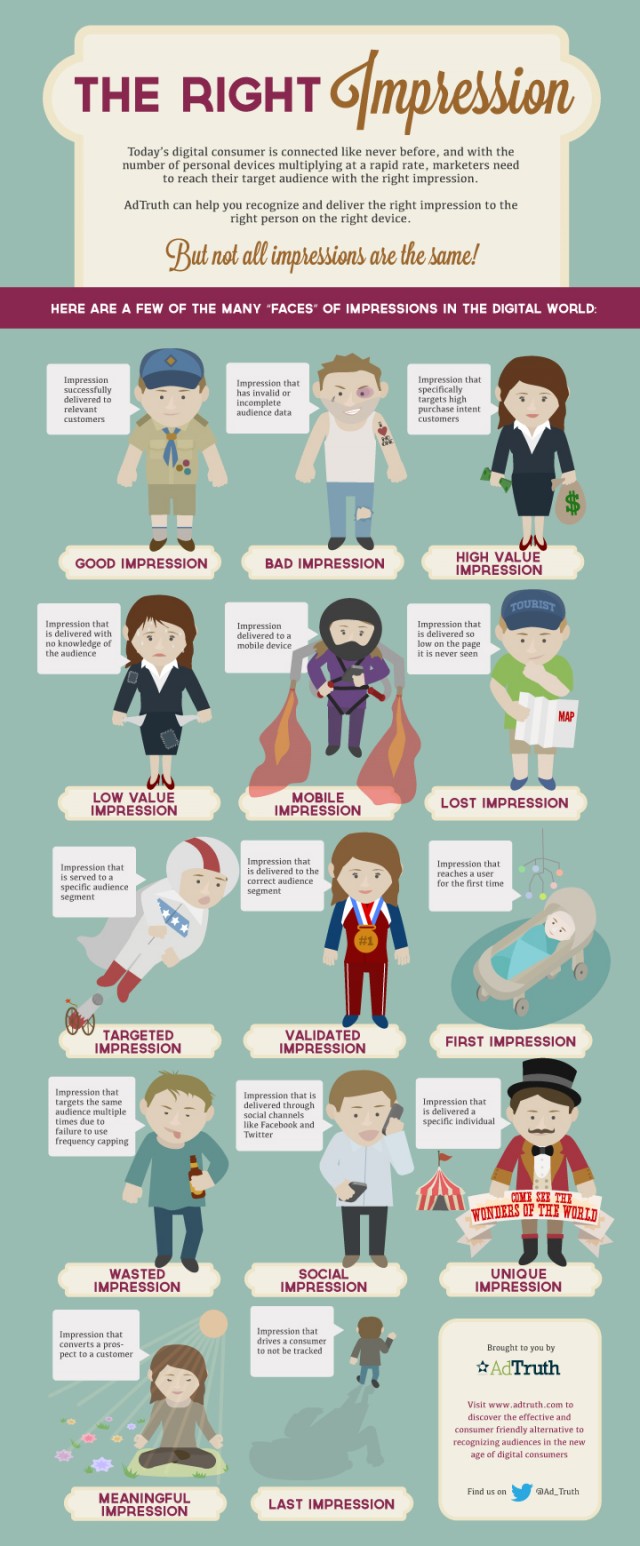Professional Development: Whose Job Is It?
“One-size-fits-all” is a description for a product that would fit in all instances. The term has been extended to mean one style or procedure would fit in all related applications. There are both positive and negative uses of the phrase. It’s a term that is often applied to staff development—the problem is that, according to Peter DeWitt in the following EdWeek article, this philosophy doesn’t work for educators. Check out to my post a few months ago where I actually attempted to describe the differences between, Professional Exposure, Professional Development and Professional Improvement….”
Professional Development is not defined by what someone else provides for us.
Twitter is creating a natural shift in professional thinking for connected educators and administrators. They are finding their own professional development (PD) through their Professional Learning Networks (PLN). There are other educators who don’t use Twitter but they research new and improved ways of meeting the needs of their students. Unfortunately though, there are others who wait for their school district to offer it to them.
All in all, whose job is it to offer professional development?
One-size-fits-all professional development does not work for educators. Sure, it gets them on the same page and can offer them base knowledge but its human nature for some teachers and principals to do their own professional development while others wait around for districts to offer something. One-size-fits-all PD leaves the best educators bored because they know most of the information already. With the Common Core State Standards, APPR and other accountability measures popping up, the need for PD is happening at a quicker rate than most districts can keep up with.
Add in budget cuts, and the possibility of getting high quality PD is becoming harder and harder and it becomes more of a drive-by session for staff than it is anything they can truly use in the classroom. Too often when PD is offered as a drive-by it becomes so quick and reckless that teachers walk away with more questions than answers.
How can school districts change the way they offer PD?
It’s not easy to change the way PD has been offered over the past few decades but it should be. It requires a shift in thinking on the part of district administration, building level leaders and the teachers within the school. Over the years in an effort to make sure school buildings were not their own islands some districts worked hard to create curriculum teams by grade level across the district. Now because of time and money those teams do not often get a chance to meet.
It’s time for the district and buildings to work together with teachers to design a better way of offering PD. In Unmistakable Impact (2011) Jim Knight wrote, “Educators, like everyone else, can be blissfully unaware of their own need to improve.” In addition to Knight’s insight, I believe that administrators can be equally unaware of how to offer PD to help teachers improve.
Jim Knight believes in a Partnership approach to professional development. The partnership approach is expressed in “several simple principles“:
• Equality – It’s not top-down. All stakeholders decide together
• Choice – Teachers should have a choice in what they are learning.
• Voice – “Professional learning should empower and respect the voices of teachers. (p.35)”
• Reflection – Great educators reflect on their practice but they also reflect on how they can improve. Reflection takes time.
Sure, it gets them on the same page … but its human nature for some teachers and principals to do their own professional development while others wait around for districts to offer something.
• Dialogue – Knight says that professional learning takes authentic dialogue. He’s right. PD is not about top-down initiatives but it involves conversations about what is working and what is not. Teachers need to feel as though they can share their opinions (We should just all remember that our students and parents deserve the same consideration in the classroom).
• Praxis – “Teachers should apply their learning to their real-life practice as they are learning” (p.42). Is this helping meet the social-emotional and academic needs of students?
• Reciprocity – Everyone should be taking the time to learn. Knight says, “We should expect to get as much as we give.” If teachers or administrators are waiting for someone else to give them what they need where PD is concerned, then they should not always be surprised what they get. Professional learning and PD are about what educators learn at conferences, in conversations at common planning times and what they find on their own. Professional Development is not defined by what someone else provides for us.
Knight says, “Clearly, complete freedom is not the solution. Total choice, without structure, would likely lead to total, unproductive chaos.” Many times administration believe they have the best ideas in order to help educators move forward and learn. When they decide the PD without teacher input, they are neglecting one important aspect of leadership, and one very big fatal flaw. Without including those getting the PD in the decision, administrators are not engaging their audience from the beginning and they are doing PD to teachers and telling them what they should learn.
The reality is that PD is not all about the district office offering PD, and there are many teachers who are waiting for administration to “just tell them what to do,” as their colleagues follow the road to self-discovery and find their own. Educators, including administrators, are all supposed to be lifelong learners. Whether they like it or not they have agreed to keep learning through their whole career. Time, will always be an issue. Even in the best districts, that offer common planning times and have set aside some time for professional learning, teachers are feeling the black cloud of accountability over them. PD needs to offer some breathing room and time for reflection.
It takes a partnership between the district office, building administration and teaching staff to create the best PD opportunities and they have a variety of venues to keep the professional learning going.
Venues:
• Faculty meetings – FM’s should not be about principals leading lists of things that need to be done every month. This is not an easy concept to get away from because it’s the “easy” thing to do. However, faculty meetings should be about professional conversations. This is a difficult concept for teachers as well. Sometimes they are so fried from the day they want to sit back and listen.
• PAC – Principal’s Advisory Councils should be in every school. They involve stakeholders from each grade, special area, special education area and support staff. They are the perfect place to discuss what teachers and students need and should not always be about what is going wrong in the building.
• EdCamps – It’s a concept that is catching on. No keynote speakers are involved and should be one large sharing best practices session.
• Professional Development days – If schools aren’t going to be teaching students on these days they should make sure they are as worthwhile as possible. How do school districts do that? Read Jim Knight’s book and refer to the above blog.
Resource:
Knight, Jim (2011) Unmistakable Impact: A Partnership Approach for Dramatically Improving Instruction. Corwin Press.





